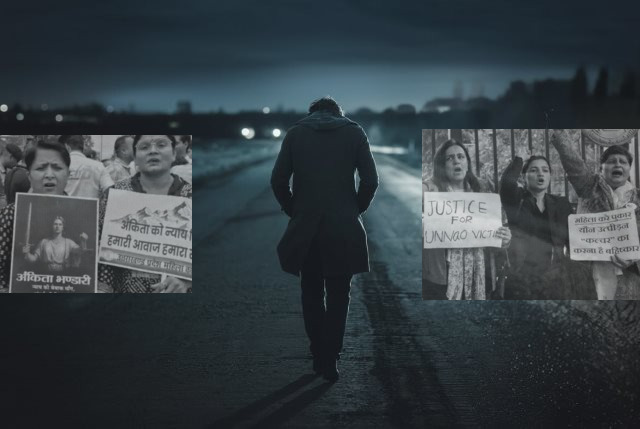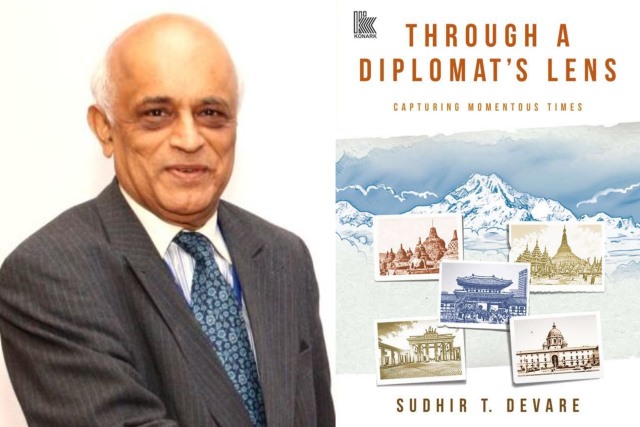
Dhaka Disorder: A Year Later
The current India-United States spat triggered by the “Trumpian tariff terror”, his repeated claims of brokering the end of the India-Pakistan conflict and his accusing India of ‘financing’ the Ukraine conflict, may or may not slide down to Cold War era rhetoric among “strategic allies.” But it has provoked the Indian Army, not without an official nod, to recall on social media what the Nixon administration did way back in 1971.
That year, India defied Nixon and the collective disapproval of the Western and the Islamic world to win decisively, its campaign to facilitate the birth of Bangladesh. Analysts say this has rankled with the US policy makers to repeatedly side with Pakistan and, whenever it found it convenient, target Bangladesh.
That was why Sheikh Mujibur Rahman was killed in a military-led coup, precisely 50 years ago. No evidence, but when some of the actors spoke out, it got written about, like many other regime changes in that era.
Now, there is talk that the Biden administration may have been behind the ouster of his daughter, the longest-serving Prime Minister, Sheikh Hasina, a year ago. Sophisticated, without the military involvement. No evidence, again, until someone speaks up one day. And allies don’t complain. Of course, the father-daughter had made a similar set of serious mistakes at home and outside of it.
The Biden/Trump boost to the new Dhaka regime, analysts say, has more to do with the US’s long-term need to ‘contain’ China. Reports say the US has quietly unleashed plans to use Bangladesh’s southeastern border to take on the China-supported military regime in Myanmar. Foreign military boots are stomping the ground, and Washington has reportedly invested USD 400 million to create a “humanitarian corridor” to facilitate the Rohingya refugees’ return to Myanmar. The new regime in Dhaka is facilitating it.
India is placed in a piquant situation where the US, its strategic ally, and China, the strategic adversary, otherwise confronting each other in the region and globally, find their clashing interests converging in Bangladesh.
Last year’s regime change has pushed Bangladesh closer to Pakistan, but even more to the latter’s “all-weather ally” China, which is perceived as trying to encircle India in the region. The era of India benefiting from having midwifed Bangladesh’s birth seems to have ended.
China is today Bangladesh’s largest arms-giver and trading partner. Dhaka looks to them, whatever its equations with India. This zero-sum game negatively impacts India, the largest entity in the region, in its internal security and external relations.
On the ground, improving Teesta’s flow with China’s help and a plan for an air force base for Bangladesh at Lalmonirhat, both close enough for a crow to fly from India’s vulnerable “Chicken’s Neck” corridor, worries New Delhi.
ALSO READ: Hindu Persecution In Bangladesh Vindicates Need For CAA
Further, neither the US, nor Pakistan, nor China appear concerned about the ill-treatment of religious minorities and the surge of the Islamists, but all three concern India in its east and northeast.
Given the history of how Pakistan lost its erstwhile eastern wing, now Bangladesh, it is a zero-sum game: India loses as Pakistan and China gain. The American factor has hugely added to these complexities. All of this makes the South Asian region the playground for geopolitical games as never before.
Amidst this situation, Bangladesh is headed for elections next February. The announcement came significantly on the day that marked one year of Hasina’s ouster and exile. The “July Charter” reads like the total of what the critics think of her, ignoring the economic and social leaps, as if she did nothing good for 15 years.
Chief Advisor Mohammed Yunus warned of “a certain group” ready to ‘obstruct’ the elections, “both from within the country and abroad.” These obvious hints leave little doubt that like all previous elections, India is destined to be an election issue, with a sharper edge provided by the Islamists who are ideologically opposed to anything Indian.
All this gives little hope to India – and not only because the Awami League it trusted for half a century, is banned and out of the election fray. As Dhaka demands Hasina’s repatriation for trial on multiple charges, India cannot forsake her. Things could get more volatile as her supporters, already on the run and facing violence and imprisonment, may seek to cross over.
There are a few silver linings, though. The July Charter has stopped short of including two crucial demands from the Islamists: removing the reservation in parliament for women guaranteed at present and establishing an Upper House based on proportional representation. This could have made a relatively woman-friendly Bangladesh another Afghanistan and accorded parliamentary legitimacy and clout for the Islamists.
The Islamists want the history of Bangladesh to be traced from 1947, when a divided Bengal became part of Pakistan. But the “July Charter” begins the historical trajectory from the struggle for liberation, democracy, and sovereignty, with the 1971 Independence Declaration.
The announcement of the elections may have the effect of putting on hold the reforms in the system governing Bangladesh, however good, bad or needed. The contesting parties will be busy pushing their respective political and ideological standpoints in the months to come. It is a test for a chaotic administration and for the intending voter alike to show appetite for this discourse amidst poll-related violence that is endemic to the Bangladeshi scene.
Arguably, though, Bangladesh’s trajectory begins with the 1970 election, the last in Pakistan and rated as the fairest. The one in February next year has the potential to show if the separation five decades back to safeguard Bengali culture and language was worth it.



